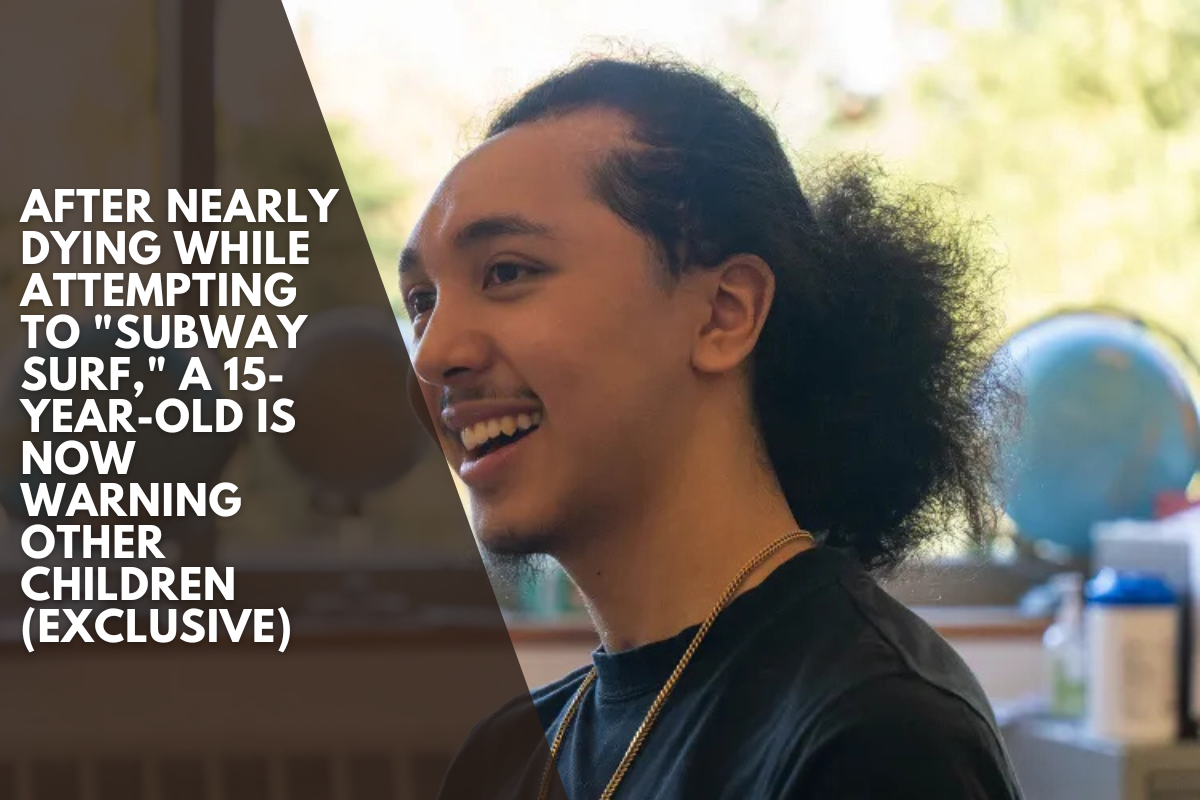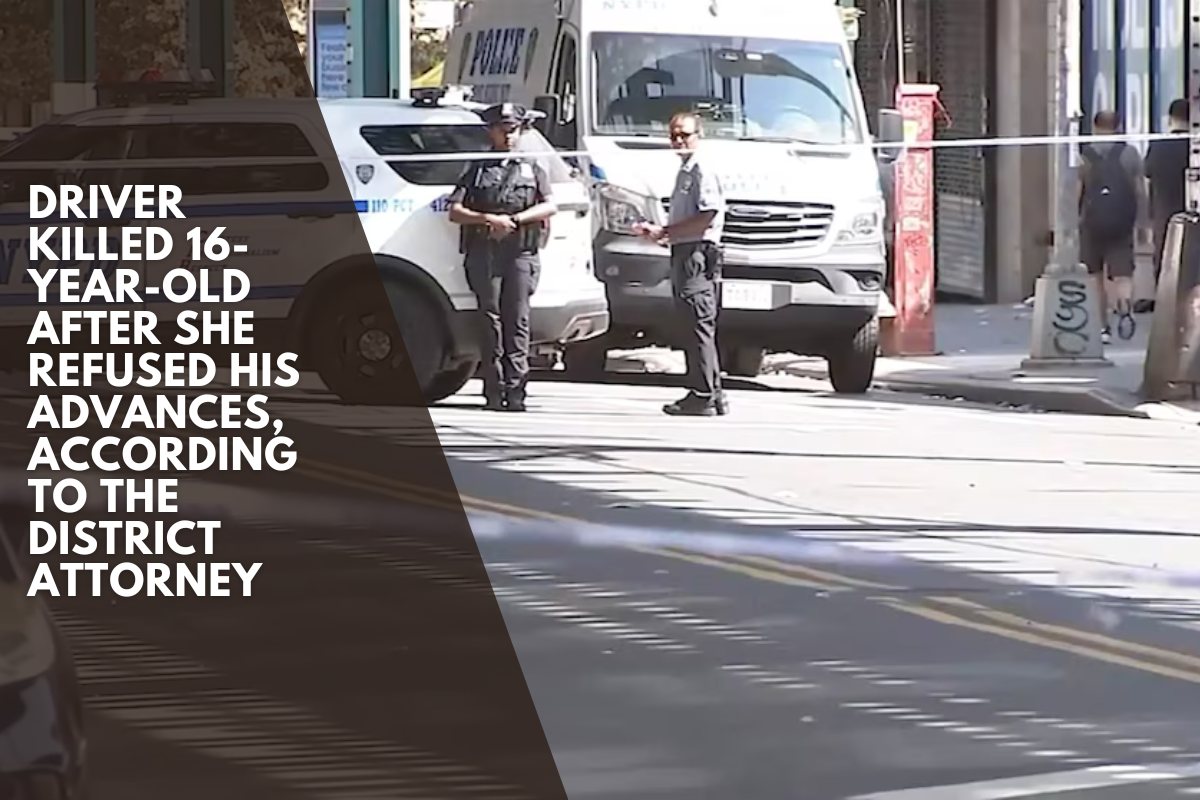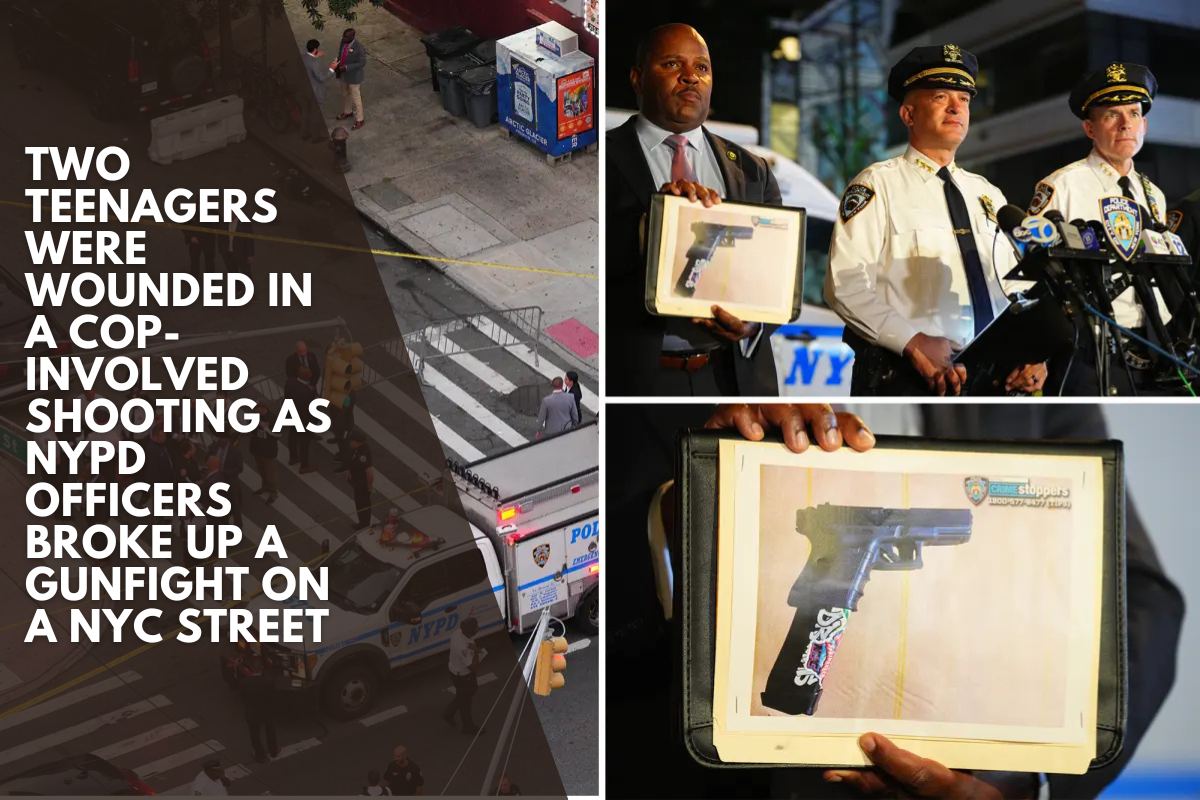Terrell Ismail, 18, says he’s often asked if he saw the metal rod that struck him in the head while riding on top of a New York City subway train in 2022.
However, “the speed that your brain would have to process information,” the Queens native tells PEOPLE in this week’s issue, “you would’ve already been [there].”
Terrell claims he had successfully “subway surfed” more than 30 times on various transit lines throughout the city before being critically injured on June 23, 2022, by a rod hung over the entrance to the 111th Street station in Queens.
After narrowly surviving his dangerous dance, the teen has decided to become an outspoken critic of the growing trend of climbing atop public trains.
Deaths and other incidents have been reported in Chicago, San Francisco, and Washington, D.C. over the last two years, but New York City appears to be the epicenter — and the situation is worsening.
According to statistics, five people were killed while “surfing” in the city between 2018 and 2022. Another 14 people have died since 2023. Hundreds of people have been arrested, many of whom are young.
So, why is it popular? Experts say some children are simply too young to understand the danger, which is exacerbated by viral videos of people attempting to surf and surviving to post about it.
But three years ago, Terrell, an aspiring filmmaker and content creator who enjoyed BMX biking around town, took the risk for the view.
“You’d get to film that and see how beautiful it was on top of the train,” he shares.
The New York City Police Department reported that Terrell was found unconscious on top of the train at the station after being hit.
He went into cardiac arrest on the scene and sustained a traumatic brain injury, affecting the functionality of his left side. He required surgery on his throat and skull.
He admits that his recovery was difficult: he couldn’t speak or eat solid foods at first and had to relearn how to walk, write, and breathe.
“It was a long trip. “We basically had to rebuild him,” says Dr. Stephen Leinenweber, who treated Terrell at Blythedale Children’s Hospital, which has had eight subway surfing patients since 2024.
Terrell received rehabilitative care and education at Blythedale, as well as inpatient and outpatient services. His parents, Regine and Sammy, were involved in his recovery; she even taught him the sign language alphabet when he couldn’t speak.
“I feel like God has a purpose for me — a reason for keeping me alive,” he jokes.
City and state officials claim they are doing their part. The Metropolitan Transportation Authority has invested in open-gangway trains, which will make it more difficult for people to climb out of subway cars.
The MTA also installed laser and infrared sensors to detect when riders entered the tracks between stations, tunnels, or other restricted areas, and it collaborated with social media companies to flag and remove over 11,000 posts depicting surfing.
In September 2023, the city launched the “Ride Inside, Stay Alive” public service campaign, and the MTA issued additional anti-surfing messaging in June.
In 2024, after six people died, the city announced that the NYPD would use “911 call data to deploy joint drone and field response teams of officers to areas experiencing the highest complaints of subway surfing.”
There are challenges ahead for Terrell, who is back in school.
His father, who sells collectibles online, admits that he is struggling to afford his son’s needed therapies following the accident. Terrell is currently attending the Hospital for Special Surgery in Manhattan for speech, occupational and physical therapies.
“I need to make money, but in order to make money, I need the time, but I can’t have the time if I have to spend four and a half hours doing therapy with my son every day,” says Sammy, 41.
Yet, he remains hopeful that Terrell’s story can provide a much-needed wake-up call for others.
“I care about the message getting out so other kids don’t have to go through what my son went through,” according to him. “That’s the bigger picture here.”
Terrell’s future plans include continuing to create content while attending Long Island City High School, as well as becoming an advocate against subway surfing in order to prevent future tragedies.
He elaborates: “You’re just supporting a lose-lose situation.”












